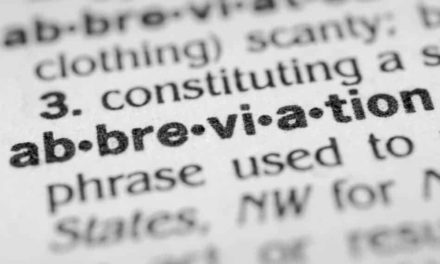How To Use Appendices in Research Papers
Scholarly books often make good use of appendices (also called appendixes or annexes) and although it is rarer for appendices to be included in academic and scientific articles, many journal guidelines allow them. An appendix can present subsidiary or supplementary material that is directly related to the main argument in a book or paper and therefore potentially helpful to the reader, but which might prove distracting or inappropriate or simply too space consuming were it included in the main text. Often such material is relegated to footnotes, but if this would result in a footnote (or footnotes) too long and complex to be effective on the page, moving that material to an appendix is a good solution. An appendix is also a good format for material that is mentioned or discussed in more than one place in a long document, for it allows the author to avoid repetition while rendering the necessary information readily available to readers. In all three cases, using an appendix to provide the supporting information will streamline your argument without sacrificing helpful material.
Appendices can contain a wide variety of material, such as texts, translations, chronologies, genealogies, examples of principles and procedures, descriptions of complex pieces of equipment, survey questionnaires, participant responses, detailed demographics for a population or sample, lists (particularly long ones), tables and figures, explanations or elaborations of certain aspects of a study and any other supplementary information relevant to a book or article. However, as the Chicago Manual of Style warns, an ‘appendix should not be a repository for odds and ends that the author could not work into the text’ (2003, p.27). Ideally, each appendix should have a specific theme, focus or function and gather together materials of a particular type or relating to a particular topic. If more than one theme or topic requires this sort of treatment, additional appendices should be preferred to subdividing a single long appendix, although appendices can certainly make use of internal headings and subheadings.
It is best if appendices can stand on their own, so all abbreviations, symbols and specialised or technical terminology should be briefly defined or explained in the appendix itself, enabling the reader to understand the material without recourse to definitions and explanations elsewhere in the document. All information in appendices that overlaps material in the main body of a book or paper should also correspond with that material precisely in both content and format. If only one appendix is used, it can simply be called ‘Appendix,’ but if more than one is included, all appendices should be clearly labelled in an order representative of the order in which they are first mentioned in the main text. Letters or numbers can be used (e.g., ‘Appendix A’ or ‘Appendix 1’), and topic-specific headings can be added as well (Appendix A: Questionnaire 3 in German and English), but each appendix should be clearly referred to by its label when it is discussed in the text. Following these simple procedures will enable your appendices to meet the needs of your readers effectively.

















